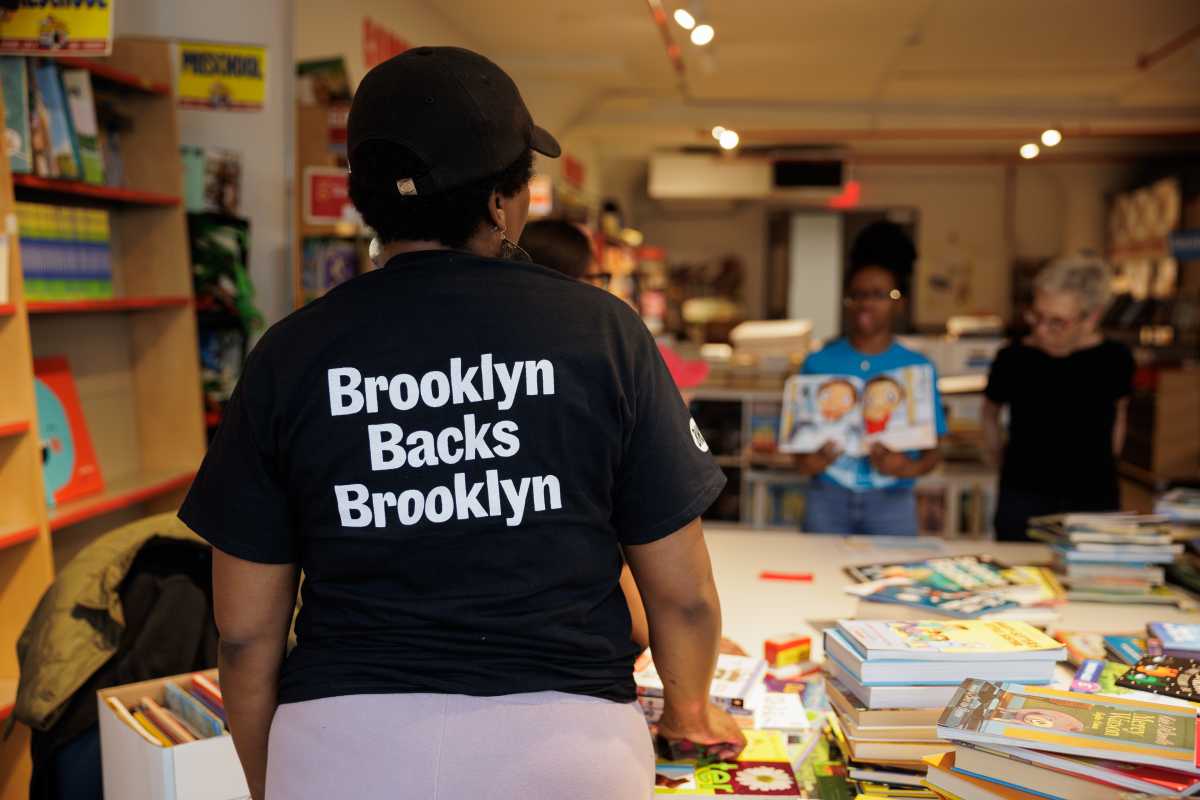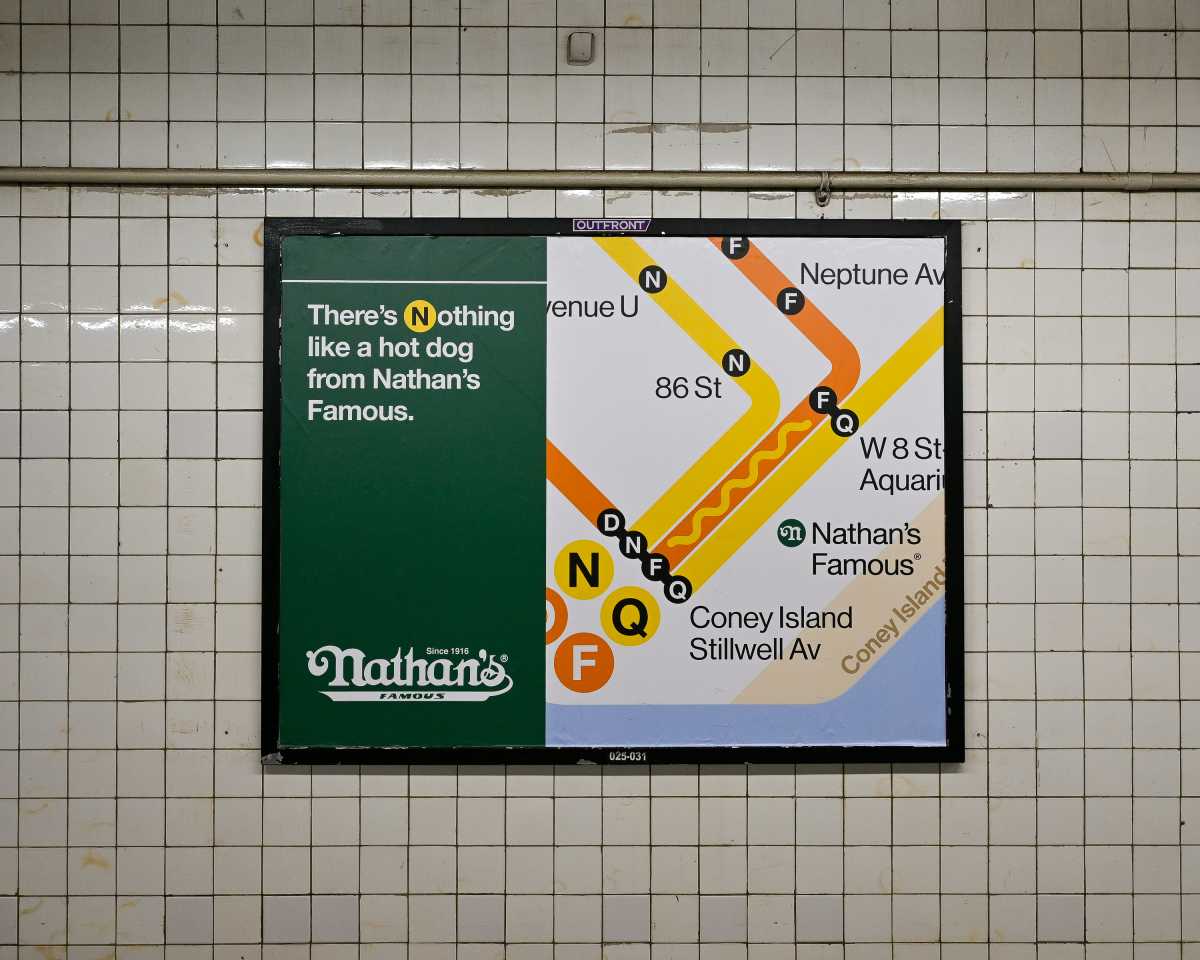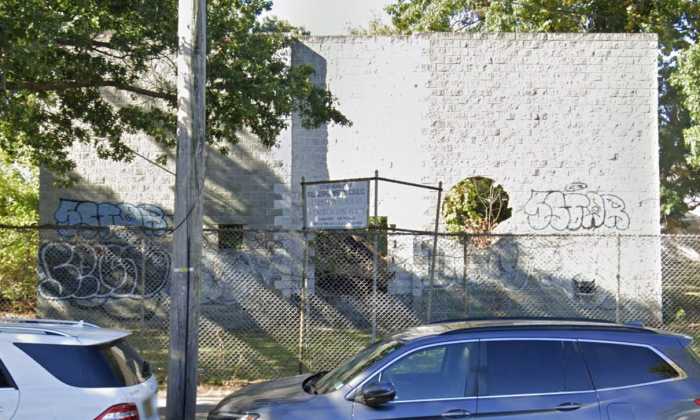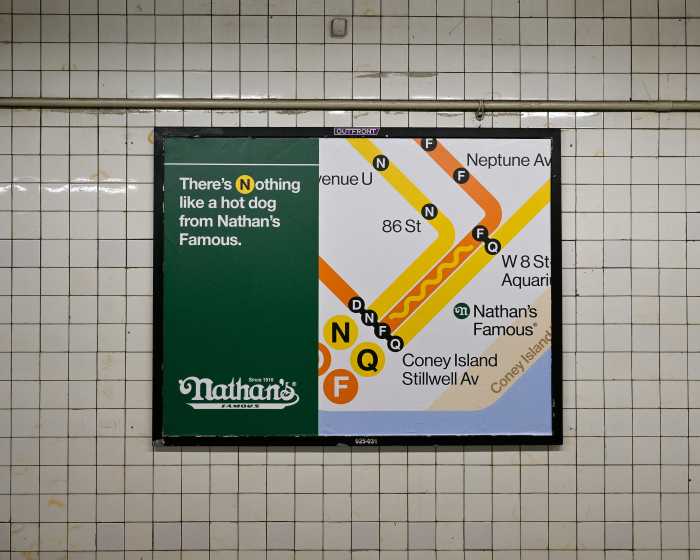By Michele Herman
A frighteningly hip new hair salon just opened in half the space that until recently was occupied by Monster Sushi. Before Monster Sushi it was an Italian place notable for the uncomfortable banquettes and decals of giant noodles in the window. That place, whose name I can’t recall, closed about 11 years ago, which I know only because I remember riding by on my bike one day with my young son in the baby seat behind me. He suddenly grew agitated, and I pulled over to see what the trouble was. “No more noodles!” he said sadly.
I wish I could tell you what was there before the noodle place, because I pride myself on just this brand of useless historical recall. But lately, with a rash of neighborhood places closing (Florent, Jarnac, Mi Cocina, Valdino West, Alfama, Mama Buddha, Hudson Corner), I’ve been noticing that most bygone restaurants fade from memory with alarming speed. Try as I might, I can’t tell you what came before Picolo Angolo, Kobma Thai, Alfama, Cowgirl, Hudson Diner or most of the other familiar spots on Hudson Street.
A friend mentions a cafe and a trattoria named Alfredo that were a local presence just a few years ago, and all I can produce is the fuzziest picture of small script on a rust-colored awning. I can’t even tell you the name of the homey little place on West Fourth Street with the great layer cake, though we had many enjoyable dinners there in the ’80s.
And all that remains of the Burmese place a few incarnations before Da Andrea (now thriving in its new location on 13th Street, I’m happy to report) is a memory my husband and I share of the sublimely chewy thousand-layer pancake.
West Village restaurant history reads like one of those books of the Bible with all the “begats.” The Paris Commune, of course, used to be over on Bleecker by the Cottonwood Cafe, which I’m told used to be Montana Eve’s, which most recently was the Miracle Grill, which hasn’t yet faded from memory yet because, like many recession-shuttered businesses, it’s sitting empty with the thank-you note to the patrons still taped to the window. This makes me sad because I loved the soft light from the sconces and the early-bird special, and once when we brought some out-of-town friends, the waitress hopped up onto a chair to take our picture, and another time a waiter gave our boys a tour of the kitchen. The shuttered space is not quite as eerie as the post-apocalyptic scene at Osteria del Sole a couple of blocks away, where the tables have been set since 2008 for a dinner rush that will never come.
The Manhattan of my childhood as an occasional visitor is a different culinary terrain, dotted with Zum Zums, Tad’s Steak Houses and variations on the Steak ’n’ Brew theme. In the early ’80s, when I moved to Morningside Heights, the island seemed to be full of Larmen Dosanko noodle joints. But I feel a particular fondness for the restaurant scene of the mid-’80s, when we arrived in the West Village as a young couple in a starter apartment. In those days, when people didn’t spend nearly as much time thinking about chefs, the available eateries felt pleasantly serviceable. Our arrival in 1985 happened to coincide exactly with Florent’s — we took a break from painting our bathroom to have lunch there shortly after it opened. We also ate calzones at Fausto’s, a no-nonsense pizzeria on Abingdon Square (more recently Shag); enjoyed the red sauce at La Marionetta on Greenwich (Day-O).
We were regulars at the short-lived Silver Spoon on Christopher (now Malatesta), which was an eccentric mix of greasy spoon and Thai. For our early anniversaries, there was always some romantic but affordable little place that, with a little effort, I can call back into view: A Stray Café, Café de la Gare, Quatorze.
The rule of thumb is that one out of every five new restaurants will succeed; the catch is that there’s absolutely no predicting which one it will be. It’s a miracle that the neighborhood still has a link to dining’s Precambrian age. A year or so ago, we decided it was high time we try Fedora’s on West Fourth Street, an experience I suggest everyone try — once. It’s a living restaurant museum, harkening to the days when oysters were as plentiful as pretzels, when a “chop” was what you ordered, when artists living in kitchenless Village rooms needed a Fedora to slop some food on a plate for them. She’s still back there. The day we went, she had baked three kinds of pie: pecan, blueberry and coconut custard, and was serving them for $2.50 a slice.
Our regular rotation of kid-friendly places for a bite to eat is poorer with the loss of Florent, Hudson Corner and Nick’s City Kitchen, our favorite breakfast spot. In fact, since Nick’s morphed into a fake diner called The Diner, we’ve stopped going out for breakfast altogether. Why do certain places live on in our memories? I always found the food at Florent so-so, but I spent many happy hours there between its opening in 1985 and its closing in 2008. What I remember is the hostess’s beehive, the racy notes on the board and those haunting maps on the wall with their not-quite-familiar romance languages (which I later learned were the work of Florent Morellet himself).
In “The Joy of Cooking,” author Irma S. Rombauer refers to a certain plain cookie as a “sturdy indefensible.” Into that category I place Hudson Corner, where we went when we couldn’t think where else to go and always came away becalmed. Valdino West was perfectly nice, if distinguished mainly by its complete lack of distinction and the chalkboard sign that read, “If you know of any place cooking better pasta, let us know and we’ll go there on our day off.”
The places I miss most are the ones that combined good food and good value. The two Mappamondos (Hudson and Eighth Avenue) made first-rate panini and a salad with goat cheese, chicken and walnuts that we took to imitating at home. I still mourn the late lamented Picasso Pizza (Bleecker), where the owner was a genius with the pizza oven, but also a lunatic who was sent over the edge when the Picasso estate sued the pants off him. More than once we endured a screaming fit just for the privilege of eating his focaccia and his arrabiata pizza with its sheen of spicy oil.
We returned often to Rio Mar in the Meat Market, which had fries to rival any in town and a moist chicken in red wine big enough for two, but service so laid-back we had to beg for the check.
Finally I arrive at Sung Chu Mei. Back in the days when our neighborhood, like all of Manhattan, was thick with Szechuan joints, every family had a brand loyalty. We were devoted to Sung Chu Mei, less for the food or the decor, than for Judy the hostess. I can see it all now: the guys from the gay synagogue at their long table across the back, Doug the local jack-of-all-trades waiting for his takeout on the bench in front, a fellow family or two or three from Bleecker Street playground. I see the murals with the robed, strangely Caucasian-faced men looking down at us, their arms crossed imperially.
If there’s a heaven and if I should end up there one day, I think I’ll have a thousand-layer pancake for my appetizer, followed by a Picasso pizza, and maybe a slice of chocolate layer cake from whosis on West Fourth Street. And I think that Judy will be there to greet me at the gate.





































